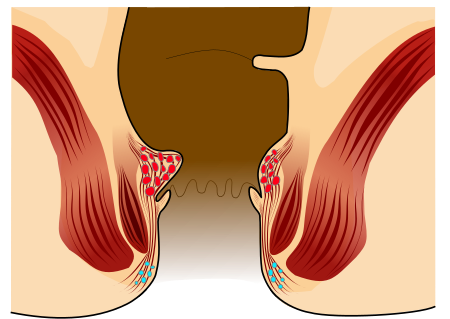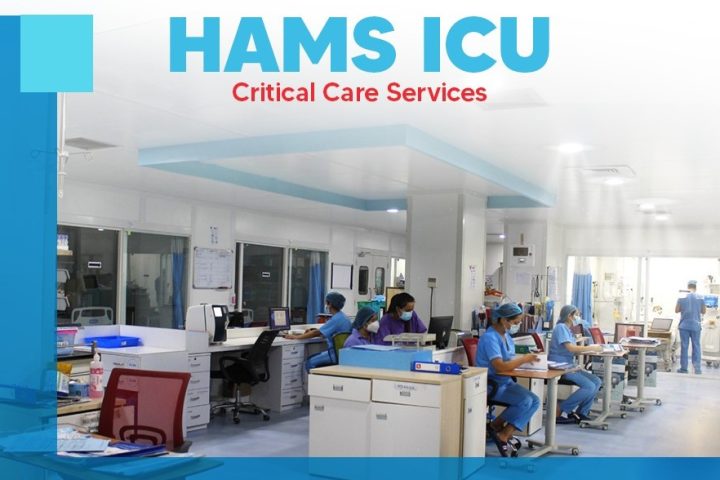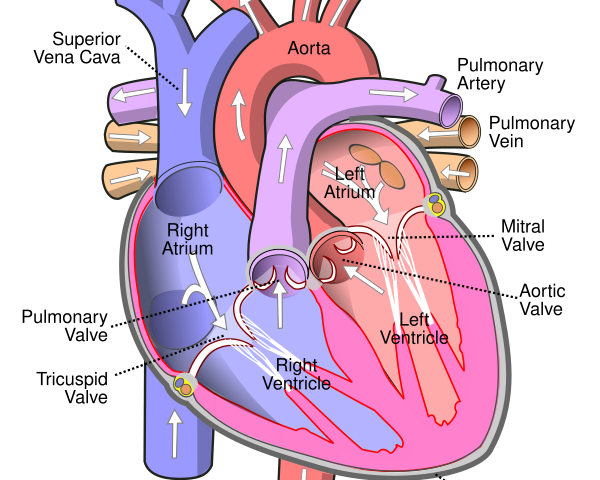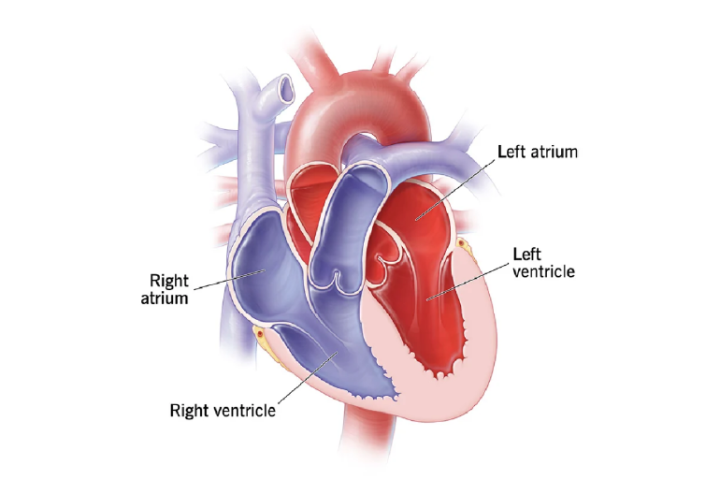What is perianal fistula?
A perianal fistula is an abnormal tunnel under the skin that connects the anal canal in the colon to the skin of the buttocks.
What causes a perianal fistula?
Just inside the anus are several small glands that make mucus. The leading causes of an anal fistula are clogged anal glands and anal abscesses. Other causes include inflammatory bowel disease, radiation, malignancy, and tuberculosis.
What are the symptoms of perianal fistula?
The signs and symptoms of an anal fistula include:
- Bleeding
- Frequent anal abscesses
- Pain during bowel movements
- Pain and swelling around the anus
- Fever, chills, and a general feeling of fatigue
- Irritation of the skin around the anus from drainage
- Bloody or foul-smelling drainage (pus) from an opening around the anus.
- The pain may decrease after the fistula drains
How is perianal fistula treated?
Surgery is almost always necessary to cure an anal fistula which is performed by an experienced colorectal surgeon. Surgical procedures include conventional procedures such as fistulotomy, seton placement, fibrin glue and plugs, and sphincter-saving procedures such as anal advancement flaps and LIFT (Ligation of Intersphincteric Fistulous Tract). Recently, at HAMS, we have started performing endoscopic procedures – Video Assisted Anal Fistula Treatment (VAAFT) and Fistula Laser Closure (FiLaC).
The advantages of such endoscopic procedures are:
- Early return to work
- No need for setons
- High patient satisfaction
- No risk of fecal incontinence
- No damage to anal sphincters
- No surgical wounds in the buttocks and perianal region
- Complete certainty in localization of internal fistula opening








